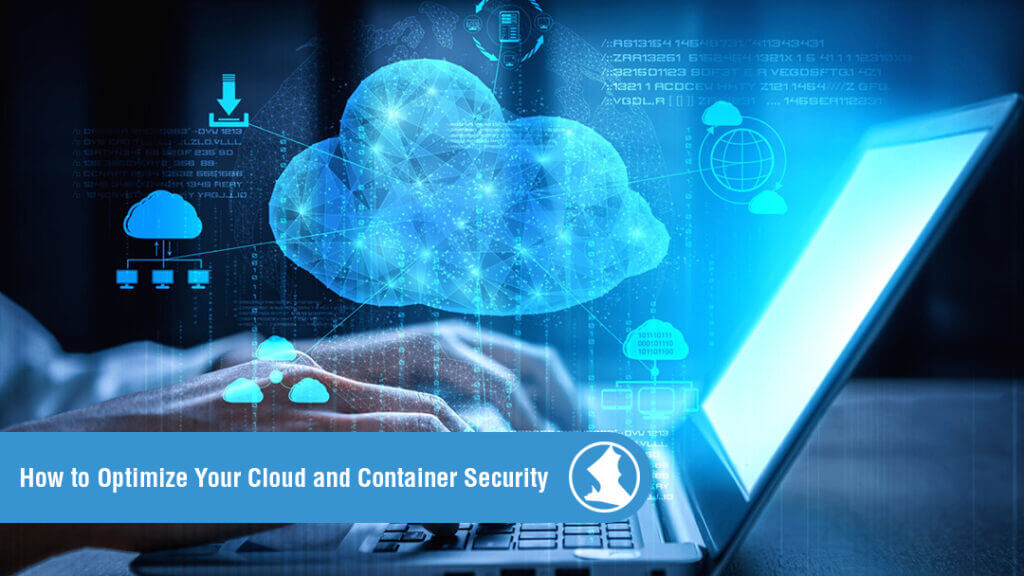
In the last few years, rapid advances in cloud computing technologies have made application isolation through containers the gold standard for delivering scalable application performance at a sustained competitive pace. During the same time that adoption rates for distributed IT infrastructures tripled – from 29% in 2019 to 97% by Q4 of 2021 – containerized applications came to account for just over half of all applications, with 88% of developers deploying either third-party or owned containerized applications and services.
Looking down the road, the twin trends of cloud and container adoption show no signs of slowing. Extrapolating from current trajectories,
70% of organizations will be running multiple containerized applications on distributed architectures by 2023. While the benefits for developers are clear – rapid, controlled deployments, portability, and compatibility with popular cloud infrastructures – security for containerized runtime environments have lagged behind the pace of adoption. Among surveyed DevOps and cloud engineers in 2022,
93% report experiencing serious security events involving containers in the last 12 months, with 55% of incidents resulting in delayed application rollouts.
Can You Shift-Left Enough?
With cybersecurity spending up by 12% in 2021 – and on track to rise an additional 17% by the end of 2022 – few organizations are keen to overhaul their existing security operations and investments, even in the face of rising average incident costs. For most, any realistic hope of securing their cloud and container environments depends on finding ways to address emerging threat vectors with the in-house resources they already have.
To date, the preferred DevOps coping mechanism for increased pressure to do more with less has been left-shifting application testing and scanning to get ahead of potential vulnerabilities. However, as development environments become increasingly ephemeral – spanning endlessly configurable multi-cloud patchworks of private and third-party service architectures – anticipating all possible misconfigurations ceases to be an attainable goal. Presently,
80% of data security breaches originate in multi-cloud misconfigurations and an estimated
90% of organizations continue to operate with likely unknown configuration vulnerabilities lurking somewhere in their environments.
Shift-Right with Spyderbat
To meet the challenges of securing cloud and container environments without compromising CI/CD cadence, Spyderbat offers DevOps teams and cloud engineers an industry-first solution that shifts detection and prevention right, all the way to runtime. Leveraging Linux kernel-spaced eBPF technology, the Spyderbat platform creates detailed visibility into your cloud and container environments by capturing every system activity at runtime – regardless of whether they trip configured detection settings – and displaying them in their causal sequence.
Spyderbat automates visibility into your cloud workloads and containers’ activities at runtime by monitoring each and every causal sequence - or “trace”. Spyderbat scores each trace based on its content in real-time. By scoring each trace with any new causally-related activity, Spyderbat recognizes early indicators of the ripple effects of a misconfiguration or a real attack. Tracing each sequence from its inception, even if weeks or months long, removes ambiguity of the root cause, allowing immediate and complete mitigation. Spyderbat’s platform enables a new wave of automation to secure workloads within staging and production environments. DevOps is able to continue to develop rapidly while still assured any missed vulnerability that is successfully exploited will be recognized early and mitigated thoroughly by Spyderbat.